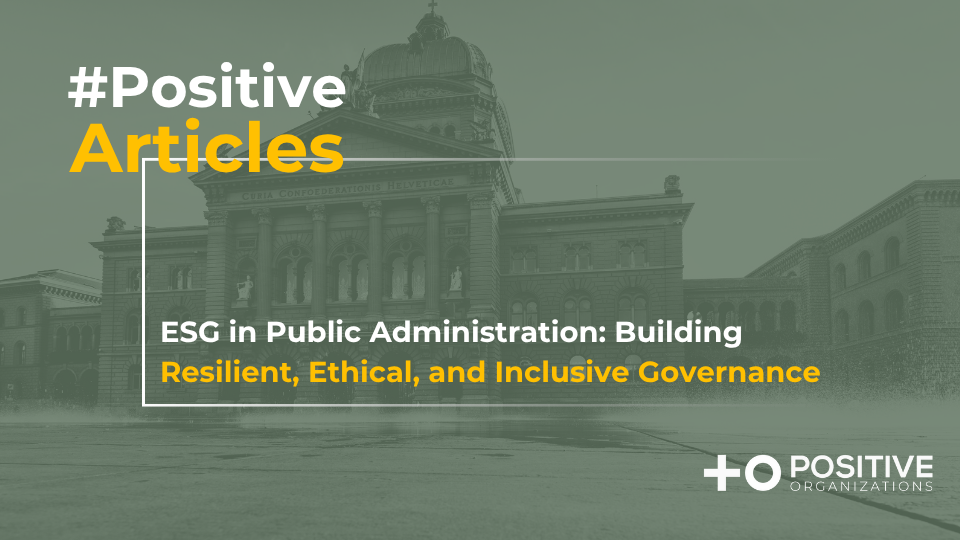.png)
.png)
In recent years, the business world has increasingly embraced sustainability as a core priority, recognizing the growing urgency to address climate change. At the forefront of corporate climate responsibility is the Science-Based Targets initiative (SBTi), a global movement guiding companies to align their greenhouse gas (GHG) reduction goals with the latest climate science. SBTi’s structured approach ensures that businesses contribute meaningfully to limiting global warming in accordance with the goals of the Paris Agreement.
But what is SBTi, how does it work, who created it, and what companies are leading the way?
The Science-Based Targets initiative (SBTi) is an organization that supports companies in setting GHG emissions reduction targets that are grounded in climate science. By aligning these goals with the latest climate research, companies can ensure they are taking meaningful action to mitigate their contribution to global warming. Unlike generic sustainability goals, SBTi targets are science-driven and ensure that corporate climate actions are in line with the ambition of limiting global temperature rise to well below 2°C—and ideally to 1.5°C—as stipulated by the Paris Agreement.
The SBTi was founded in 2015 through a partnership between four leading environmental and sustainability organizations:
1. CDP (Carbon Disclosure Project): A global disclosure system that helps investors, companies, and governments measure and manage their environmental impact.
2. United Nations Global Compact (UNGC): A UN initiative that encourages businesses worldwide to adopt sustainable andsocially responsible policies.
3. World Resources Institute (WRI): A global research organization that helps design scientific methodologies for climate action.
4. World Wide Fund for Nature (WWF): A conservation organization focused on addressing global environmental issues, including climate change.
Together, these organizations created the SBTi to provide companies with a pathway to align their operations with global climate goals.
The SBTi framework allows companies to set measurable emissions reduction goals based on scientific criteria. The process typically involves:
1. Target Setting
Companies set targets for reducing their GHG emissions across three scopes:
o Scope 1: Directe missions from company operations.
o Scope 2: Indirect emissions from purchased electricity and other energy sources.
o Scope 3: Emissions from the broader value chain, such as suppliers and product use.
2. Sector-Specific Guidelines
SBTi offers sector-specific guidance, ensuring that each company sets realistic but ambitious targets based on its industry’s unique emissions profile.
3. Validation and Approval
Once the targetsare set, they undergo a validation process by SBTi experts to ensure alignmentwith global warming goals. If approved, companies can officially declare their targets as science-based.
4. Implementation and Progress Reporting
Companies are expected to implement their targets through energy efficiency measures, renewable energy adoption, and other sustainability practices, with regular reporting for transparency.
Several global companies across various industries have committed to the SBTi framework, setting ambitious targets that align their operations with climate science. The SBTi is also one of the most requested ESG practices to follow by stakeholders across all industries.
Companies joining the SBTi have two main options for setting their emissions reduction targets:
- 1.5°C-Aligned Targets: These targets aim to reduce emissions in a way that limits global temperature rise to 1.5°C, reflecting the most ambitious pathway in line with avoiding the worst effects of climate change.
- Well Below 2°C Targets: These targets, while slightly less aggressive than the 1.5°C goals, still aim to limit global warming to well below 2°C, helping companies transition toward sustainability.
By adopting science-based targets, companies help accelerate the global transition to a low-carbon economy. The benefits extend beyond reducing emissions, as companies also enhance their resilience, reputation, and long-term growth prospects.
- Risk Mitigation: Companies with science-based targets are better positioned to comply with future regulations, avoiding financial risks tied to climate-related legislation.
- Innovation and Efficiency: Meeting ambitious climate goals often leads to operational efficiencies and the development of innovative products.
- Reputation and Trust: Companies that commit to SBTi send a strong signal to consumers, investors, and stakeholders that they are serious about addressing climate change.
As climate risks continue to rise, adopting science-based targets is not just a corporate responsibility—it’s a key driver for the future of sustainable business. Through initiatives like SBTi, companies have the opportunity to lead the way in building a more resilient and climate-positive future for all.
The Science-Based Targets initiative (SBTi) has seen remarkable growth, with the number of companies setting science-based targets more than doubling in 2023—a 102% increase from the previous year. This surge includes a 113% rise in first-time target setters, totaling 2,125 companies. Notably, Japan leads globally with 768 companies having validated targets, while India experienced a 520% increase in companies setting targets compared to 2022. Collectively, businesses with science-based targets or commitments now represent 39% of global market capitalization, underscoring a significant shift toward corporate climate responsibility (source: SBTi).
At Positive Organizations, we are committed to empowering businesses to achieve their sustainability goals through expert guidance and tailored solutions. We can support your company in its journey toward setting and achieving science-based targets by providing the following services:
- Strategic Planning and Target Setting: We help you define a clear, achievable roadmap for your Science-Based Targets initiative (SBTi) goals, guiding you through the complexities of Scope 1, Scope 2, and Scope 3 emissions reductions. Our strategic approach ensures your targets are aligned with the most recent climate science and relevant to your industry.
- Sector-Specific Guidance: We leverage our deep expertise across various sectors to help your organization develop and implement sector-specific strategies. Our insights ensure that your company’s targets are ambitious yet realistic, keeping you ahead of industry trends while meeting the SBTi’s validation criteria.
- Implementation Support: Transitioning to a low-carbon economy involves more than just setting targets. Positive Organizations works alongside your teams to implement energy efficiency measures, adopt renewable energy solutions, and integrate sustainable practices across your operations. We help you turn commitments into concrete actions.
- Progress Monitoring and Reporting: Achieving science-based targets requires ongoing tracking and transparency. Our monitoring and reporting solutions provide regular updates on your progress, helping you stay on course and communicate your achievements effectively to stakeholders.
- Risk and Opportunity Analysis: We assist in identifying the risks associated with climate change regulations and market shifts, while also uncovering opportunities for innovation, operational efficiency, and growth. By adopting science-based targets, your company can mitigate risks and capitalize on the benefits of a sustainable business model.
With Positive Organizations as your partner, you can confidently navigate the SBTi process, accelerating your path toward a climate-positive future. Together, we can help you lead the way in corporate climate action, enhancing your resilience, reputation, and long-term success.
Start Your
Journey Today









.png)





